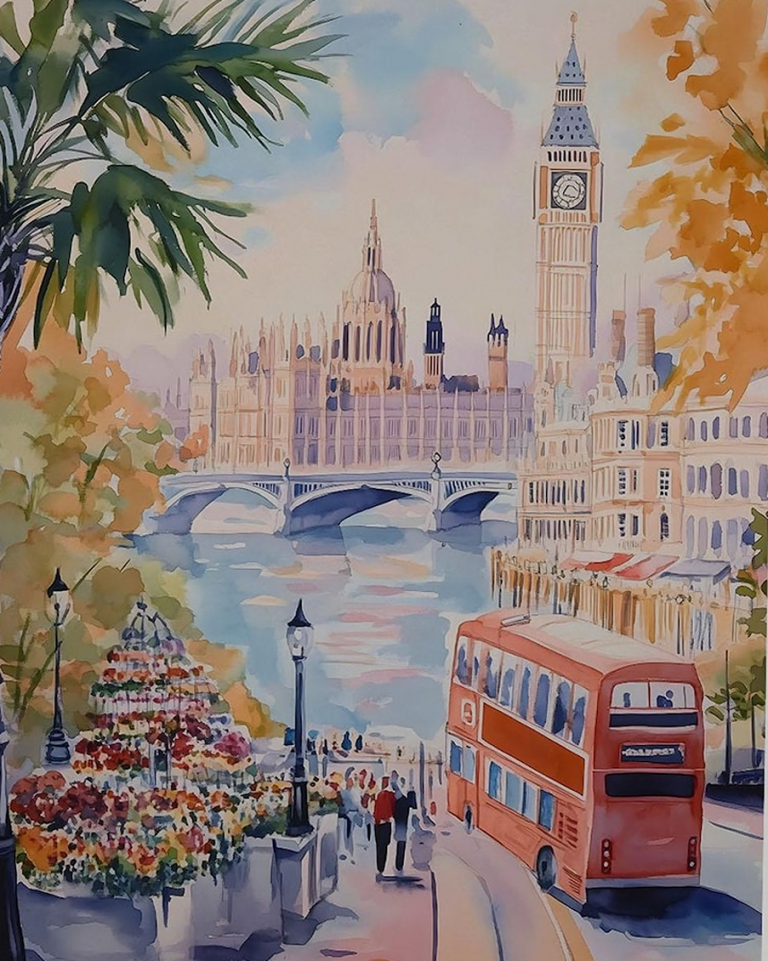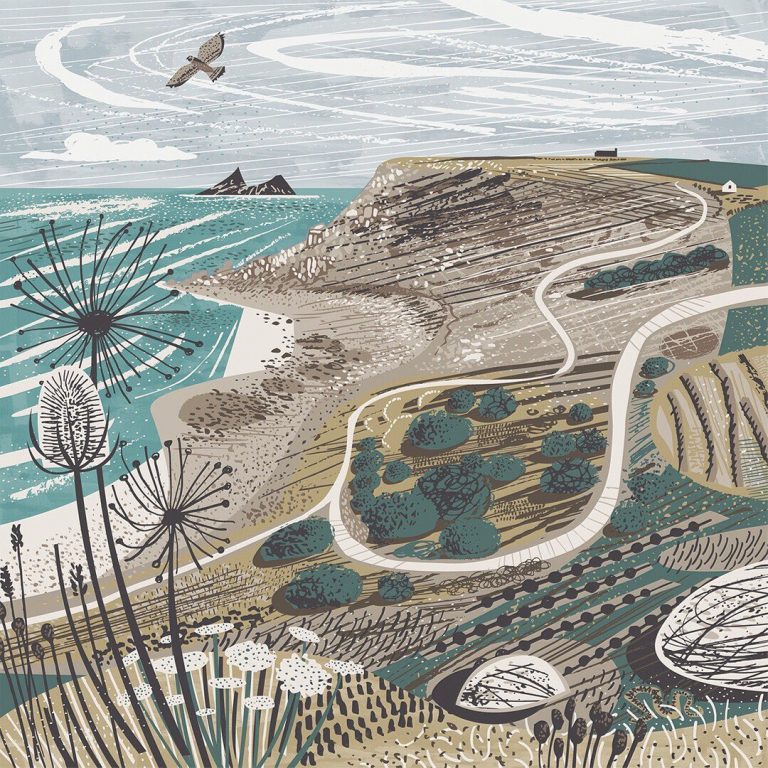
Croatia used to be part of Yugoslavia, and now it and Serbia are both independent. The beautiful coast borders Italy on the Adriatic Sea, and the country also borders Hungary, Slovenia, Serbia and Bosnia & Herzegovina.
The country is ranked first for the quality of its swimming water by European Environmental Agency, leading its main income to be tourism (it’s the 23rd most popular destination on earth). It’s particularly popular for honeymoons!
Croatia is also home to the Danube (the second longest river in Europe) and protected forests, mountains and nature reserves. It even has its own ‘Lake District’ with waterfalls that cascade over dolomite and limestone, with pretty colours of turquoise or even mint!
Comparing Croatia Seas to England
Surfers Against Sewage has a map where you can check the water quality for wild swims. Often due to raw sewage, the waters are no longer safe, as well as oil and plastic pollution. SAS says that if the water is brown and ‘smells like shit’, it probably is. You can report raw sewage.
Read our post on keeping dogs safe by the seaside.
England has recently fallen to the bottom of the European clean waters chart, with charges of being ‘the dirty man of Europe’. Around 60% of England’s beaches are now deemed safe for swimming, compared to over 80% in mainland Europe.
People are rightly appalled by the disgusting state of the UK’s rivers, lakes and beaches. Clean water should be guaranteed for all, and no-one should have to risk health, simply by enjoying a swim or paddle on a sunny day. Best for Britain
Clean Swimming Waters of Croatia’s Coast

Croatia’s 1,800 km coastline offers many places where the sea looks like glass. The Dalmatian region, the islands of Hvar and Vis, and the Istrian peninsula all feature beaches with soft pebbles, gentle entry, and visibility that can reach 30 metres on still days. Many beaches hold Blue Flag status for cleanliness, safety, and access.
Reasons Behind the Pristine Quality
Croatia’s clean sea is the result of consistent care and smart policy. Strict EU bathing water rules set the baseline, and the country tests coastal waters each season. In recent years, around 95% of sites have met high bathing standards, which supports healthy ecosystems and clear conditions for swimmers.
Protected areas also play a key role. Roughly 10% of Croatian marine waters fall under some form of protection, which reduces pressure on coastal habitats. Natural currents help too, washing and mixing the water along the coast. Seasonal winds and tides move surface layers through the islands and bays, which prevents stagnation in most popular swim areas.
Since 2010, local authorities have upgraded wastewater systems, expanded collection and treatment, and added regular monitoring programmes. Many resort towns manage beaches with daily cleaning, bin separation, and posted water-quality notices. Low heavy industry along much of the shore reduces runoff risks, while small harbours restrict discharges and keep mooring zones tidy.
The result is simple to feel. Cleaner water supports more seagrass, fewer algal blooms, and a broader range of fish and invertebrates. Swimmers enjoy better visibility and fewer skin irritants, and snorkellers see healthy posidonia meadows that anchor sand and boost clarity.
Conservation Efforts and Regulations
National parks and reserves help keep the water bright. The Kornati archipelago and Brijuni limit building and set fishing controls, which protects habitats and reduces turbidity. The Croatian Waters Act supports monitoring, wastewater planning, and beach management across counties. Local councils work with NGOs for clean-ups and education, which keeps litter off beaches before it reaches the sea.
In 2025, authorities continued measures to cut single-use plastics, aligned with EU directives, and expanded deposit-return and recycling coverage along the coast. These steps keep packaging out of bays and reduce microplastic fragments in the water. For swimmers, this means fewer floating items and clearer shorelines week after week.






